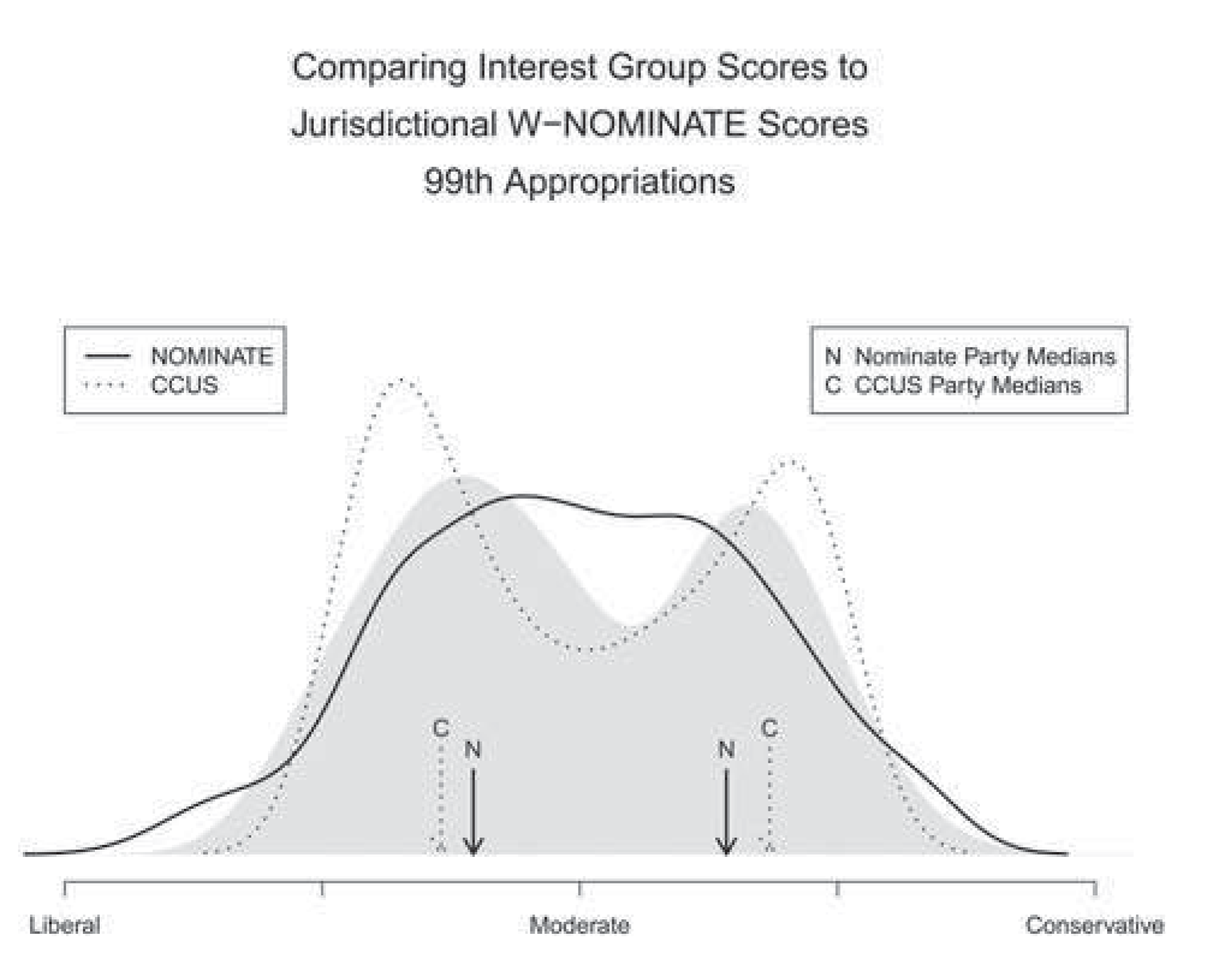

The above instructions will satisfy a great number of ImageMagick users, but we suspect a few will have additional questions or problems to consider. make checkĬongratulations, you have a working ImageMagick distribution and you are ready to use ImageMagick to convert, compose, or edit your images or perhaps you'll want to use one of the Application Program Interfaces for C, C++, Perl, and others. Ghostscript and Freetype are prerequisites, otherwise expect the EPS, PS, PDF and text annotations tests to fail. You may need to configure the dynamic linker run-time bindings: sudo ldconfig /usr/local/libįinally, verify the ImageMagick install worked properly, type /usr/local/bin/convert logo: logo.gifįor a more comprehensive test, run the ImageMagick validation suite. Administrator privileges are required to install. If ImageMagick configured and compiled without complaint, you are ready to install it on your system. configure $ makeįor advanced users, we recommend a modules build: Note the pkg-config script is required so that ImageMagick can find certain optional delegate libraries on your system. Or download from or a mirror and verify the distribution against its message digest. A compiler is required and fortunately almost all modern Linux systems have one. ImageMagick builds on a variety of Linux and Linux-like operating systems including Linux, Solaris, FreeBSD, Mac OS X, and others. The authoritative source code repository is. Before installing from source, you may want to review recent changes to the ImageMagick distribution. However, if you still want to install from source, choose a platform, Linux or Windows. You also have the option of installing a pre-compiled binary release. If the identify program executes and identifies itself as ImageMagick, you may not need to install ImageMagick from source unless you want to add support for additional image formats or upgrade to a newer version.

In either case, you can type the following to find out: identify -version Chances are, ImageMagick is already installed on your computer if you are using some flavor of Linux, and its likely not installed if you are using some form of Windows.


 0 kommentar(er)
0 kommentar(er)
